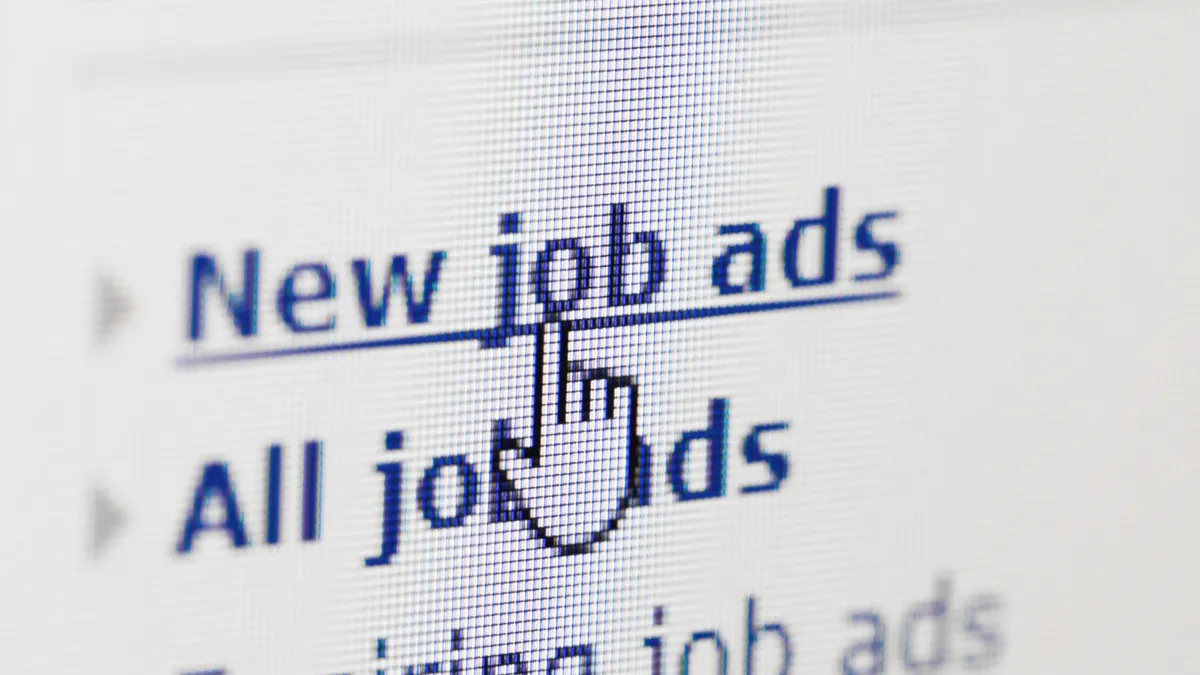Since last May, when the Labor Dept. and the White House announced the specifics of the long-awaited new overtime exemption threshold and FLSA rule, employers — especially those in sectors such as hospitality and retail — have been plotting and planning their strategy to comply. From the start, it promised to be an adventure, one that many claim will lead to economic disaster.
In fact, just a few days ago opponents filed two lawsuits, one by 21 states and the other by private industry groups, to try and derail the rule, which goes into effect on Dec. 1. To businesses who oppose the rule, it’s tantamount to an economic Armageddon. To federal officials, it’s a long overdue adjustment to a rule that, left un-updated, put a dent in the middle class.
Changing the status quo and its effect on recruitment
To Roopesh Nair, president & CEO at Symphony Talent & Hodes, the expected impact on hourly recruiting of the overtime rule really is difficult to pin down. But it is a major upheaval of the status quo.
"This is a very sensitive subject for everyone because it affects companies, employees and the future candidates they’re hoping to hire," Nair explains. "When the news broke that the Department of Labor had officially set the new FLSA overtime exemption salary, employers across all industries and all markets were listening, digesting and trying to understand what all these changes meant for them."
Nair says that while he can’t speak for every leader, manager or hourly employee this rule impacts, from a recruitment and talent standpoint, his firm is not adverse to change as our industry is constantly shifting.
"Changes in rules, policies and regulations have thrown us for a loop in the past and, as an industry, we’ve come out stronger because of them," he says. What this rule does impact is how strategic leaders who are responsible for employer branding and hiring methodologies approach acquisition.
This rule can and will impact scalability, Nair explains, as the legacy days of "posting and praying" for the right applicant will no longer suffice for employers looking to connect and retain top talent, especially if they’re trying to create an army of employees who are also brand advocates.
"We now exist in a new arena of omnichannel recruitment marketing, where candidates are taking the reins and driving change in their favor," he says. "Employers are fighting to keep up, bring in the bestfit talent, and implement the best solutions to build an army of top performing employees." To Nair, the appropriate questions are being asked, such as:
● Will this lead to slower hiring?
● Will I have to reduce workers’ hours?
● Will my innovation creep to a halt?
● Will my best employees leave my brand?
"Individuals and talent leaders can’t predict human behavior, but they can prepare for it," he says. "It’s key that we, as an industry, approach this shift as a fresh opportunity to figure out what’s right for each business, including their current and future employees."
How to strengthen the brand
What Nair does say with conviction is that during a time of uncertainty, the best thing any employer can strive to do is leverage this uneasy disruption to ultimately make their business and employer brand stronger. He says to get a leg up on this shift, employers need to leverage technology and services to help understand the true value that every employee and future hire carries.
"You need to lean on the experts to help you rise above the unknown and to help you plan accordingly," he says. "In the eyes of your employees and candidates, being proactive and transparent in your approach will be the best recipe you can devise to conquer yet another shift in this hiring landscape.”
Even without the impending overtime rule, Michelle Lanter Smith, chief marketing officer at EPAY Systems, an SaaS provider of HCM technology, says it's easy to underestimate the complexities of recruiting, onboarding and acclimating hourly workers, as getting the right talent even for simple service jobs is challenging due to high demand and competitive wages.
The pressure is on
EPAY, working with with HR.com, recently released a study identifying the chief issues – and needs – of employers with large hourly workforces. The research showed that employers who invest in integrated an HCM system can expect to experience more efficient HR processes throughout the entire employee lifecycle, especially during hiring and onboarding for those in high turnover environments.
Two of the survey’s key findings were that 85% of employers report that an integrated HCM system led to easier access to employee data and 75% benefit from increased employee data accuracy. Also, 38% identified reduced administrative cost as the main source of ROI.
“Recruiting, assessing and hiring candidates for hourly positions is complex,” Lanter Smith says. “Hiring managers in these environments need to make multiple hiring decisions on any given day, under a lot of pressure.”
With the overtime rule looming, that pressure will undoubtedly get even more intense.
"The culture of recruiting is not only changing, it’s doing a backflip," Nair says. "This new regulation signifies that what used to be the culture of hiring has since evolved into a culture of innovation and relationships, the relationships you value with your staff and relationships you value with the future of your brand."
Nair warns that employers should not try to maneuver through the rule changes (if they are upheld in court) without taking the strategic time to provide air cover for their plans before setting them into motion. If employers do nothing to educate their workforce and simply initiate change, things probably will not go very well.
"Everyone has different leaders, different budgets, different goals and different risks," he says. “What we do know is that moving too quickly and being impulsive in change management and operations is not the direction anyone should take."
More importantly, Nair explains, as organizations begin to evaluate new programs and refined philosophies, keeping the workforce and culture top of mind should always be the top priority.
"Establishing trust and dedication from your current employees isn’t just nice to have in this situation, it’s a must have," he says. "At this moment, your workforce could be feeling uneasy about their roles, their career development and their overall fit within your organization. The employers that provide detailed explanations and transparency during this time of change can be confident that attrition will be lower, morale will remain stable and advocacy will thrive."





















